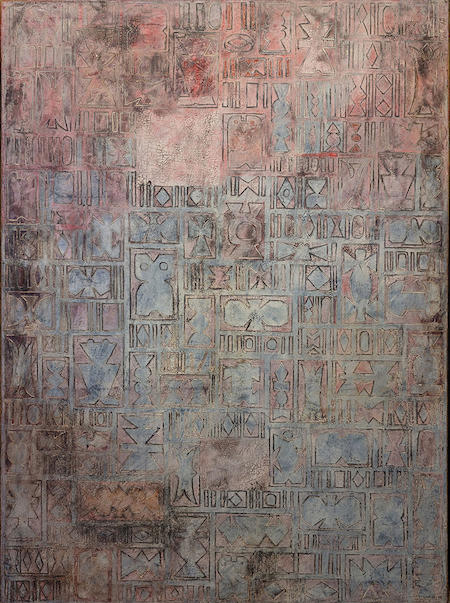Admission CTAs
Mason historians awarded two NEH grants
Three George Mason University researchers were awarded a total of $235,000 from the National Endowment for the Humanities for two projects in the subjects of history and art history.
Michael O’Malley and Matthew Karush, both Mason history professors, were awarded $175,000 for their project “Hearing the Americas,” a website interpreting the early history of recorded popular music from the 1890s to 1925.
Michele Greet, the director of the Art History program at Mason, was awarded $60,000 to research and write a book about 20th-century abstract art from the Andean countries Bolivia, Ecuador and Peru.
Mason has been recognized as one of the top recipients for NEH funding. From 2008 to 2018, the NEH has awarded more than $5.8 million for 37 projects making the university the eighth highest recipient of NEH funding, with much of the funding awarded to projects within the History and Art History Department.
“Hearing the Americas”
In collaboration with the Rosenzweig Center for History and New Media, the “Hearing the Americas” project will create a website aimed at increasing understanding of American music and its transnational nature from the early decades of recording.
According to Karush, many of the recordings made between 1890 and 1925—including those of marches, tangos, ragtime numbers, operas and others—have already been digitized and made available online through the Library of Congress and the University of California, Santa Barbara.
However, these databases provide minimal historical and musicological context for users, who typically find the music of this period inaccessible and unlistenable, according to the researchers. Their project will provide the missing context, allowing users to explore the historical moment in which the music was produced.
“By exploring the biographical, musicological and historical material on the website, users will come to understand the way the structure of the record business and the technology of the day shaped the music,” said Karush. “They will find rich analyses of the way these recordings were informed by ideologies of race and gender.”
Karush added that this project is perfect for fans of country, blues and jazz as they will discover the surprisingly complex and transnational roots of the music they love.
A selection from Michele Greet's research. Estuardo Maldonado (Ecuador), Memory of Forms, 1963. Art Museum of the Americas, Washington, DC.
Abstraction in the Andes, 1950-1970
Greet began her research on this project in the summer of 2017 with a travel grant from Mason to conduct preliminary research in Quito and Guayaquil, Ecuador. The next phase of this project, funded by the NEH, will include similar research trips to Peru and Bolivia.
According to Greet, while abstract art is common in modern art museums, its roots in specific cultures and time periods are largely misunderstood.
For example, Informalist abstraction emerged as a dominant trend in Andean art in the 1950s and ‘60s, simultaneously with Europe and the United States. But Andean artists argued that abstraction as an artform was part of their culture because of their long history of abstract design in textiles and ceramics in the ancient Andean world, and not because of influence of European counties.
Greet writes in her project proposal that “these artists declared abstraction as their heritage, and by working in this manner, they were finally disengaging themselves of the legacies of colonialism, assuming and transforming an aesthetic that was already rightfully theirs.”
Her investigation will examine the emergence of Andean abstraction in the post-war period and challenge perceptions that abstract painting was solely the product of U.S. and European environments. The final result of this research project will be a scholarly manuscript on the topic, as well as a traveling exhibition of Andean abstraction.
Topics: College of Humanities and Social Sciences, Roy Rosenzweig Center for History and New Media, Department of History and Art History


